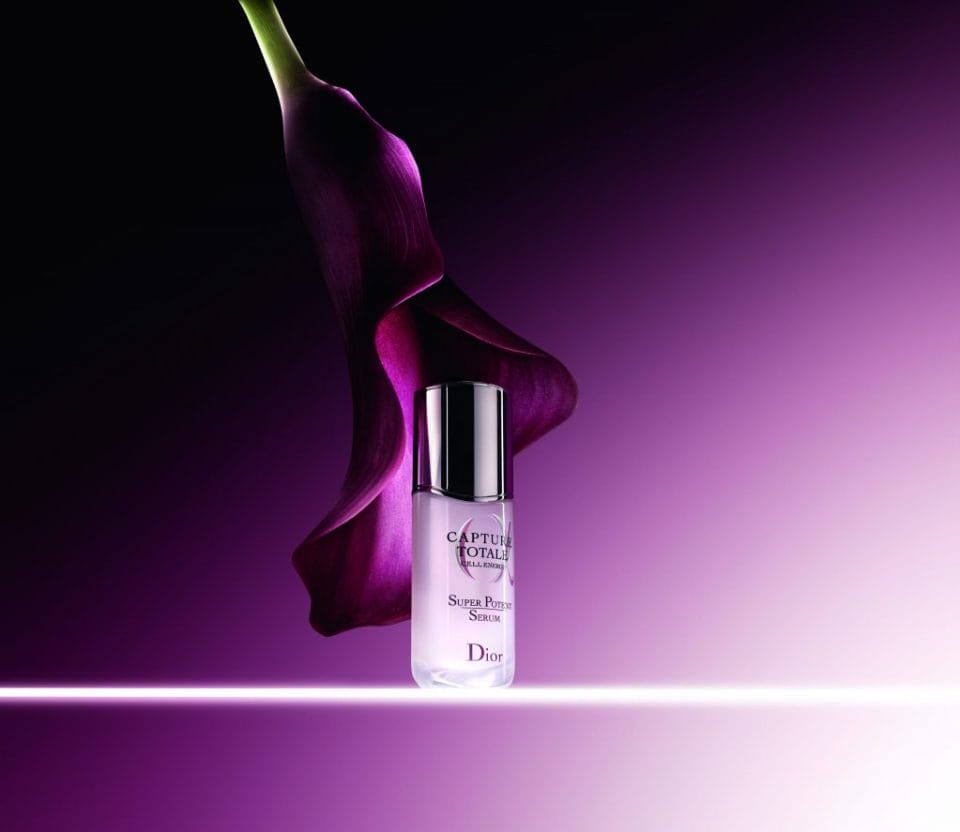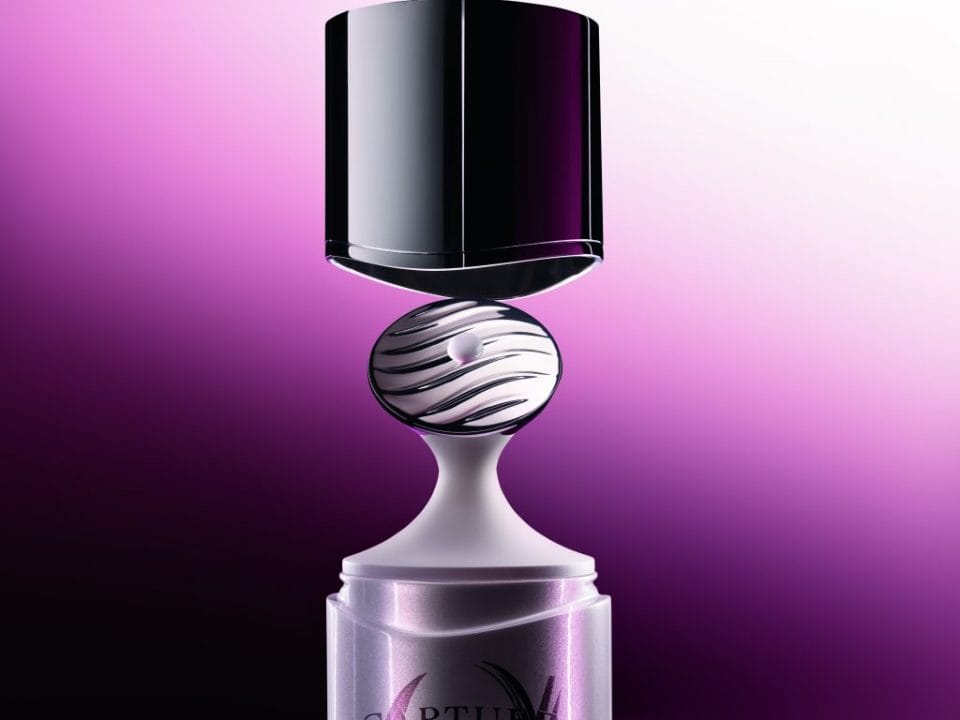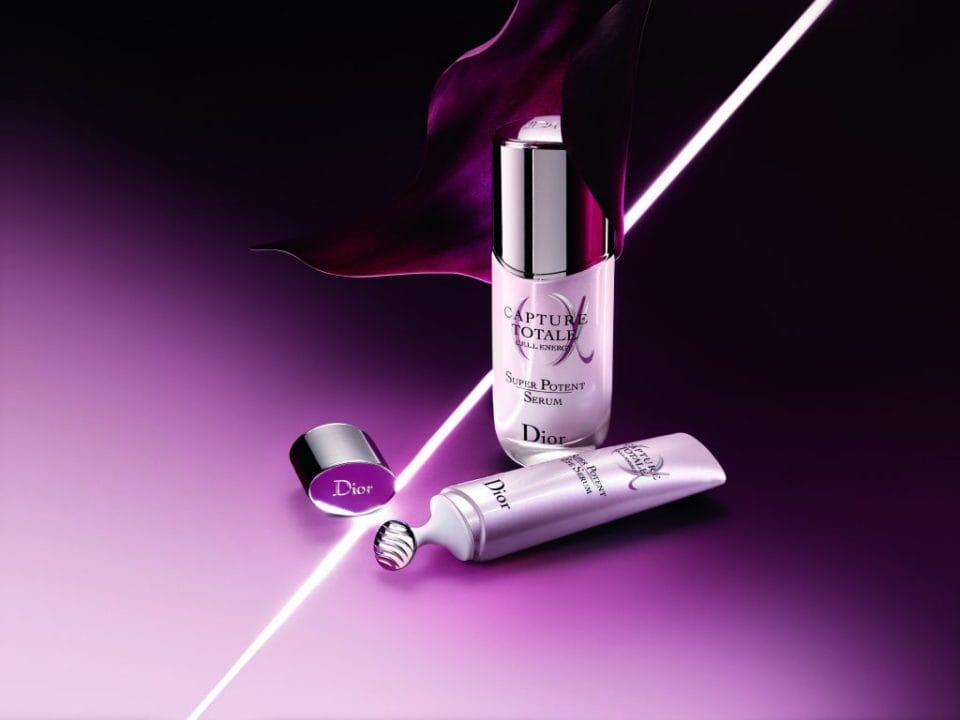
The key ingredient in the new launched Dior Capture Totale Super Potent Eye Serum is longoza, one that stimulates the regenerative power of the skin’s mother cells to repair, heal and strenghten. All the more perfect to enhance your smile itself.
What happens when we smile? Or more specifically, what is the science of smiling? According to Charles Darwin, the grand-daddy of evolution, it’s called the “facial feedback hypothesis”. One that states that when we smile, we become happier. Or that when we frown or grimace, our mood plunges into the red like in The Sims. However, Darwin might have been wrong according to a study by the American Psychological Association who has claimed that the “effects were really tiny”. It has even stated that fake smiling has lead to the rise of binge drinking with service workers.
However, Dr Arnaud Aubert, a French neuroscientist has a solution. The science of a smile really does boil down to personal happiness, the emotion really does sit right down to the center of what we do. It can be a goal, a state of mind or just something simple we hope to accomplish. Here, he talks us through the science of a smile itself. And conveniently, he debunks the myth of the famous Mona Lisa one.
—

Upon application of the Dior Capture Totale Super Potent Eye Serum, seven micro-waves mimicking acupressure helps to deliver a micro-circulation to your undereyes that smooths and decongests.
What do you think our eyes give away upon first impression? Especially since there is a science of a smile that affects our interpersonal relationships.
The eye area and the face sends a lot of information to our brain. Maybe I can give you a quick sequence of how the brain processes the science of a smile. First, the back of the brain processes the image of said face. Secondly, the temple area of the brain processes the pattern of the face and recognises it. Each time you recognise a visual pattern, neurons fire in that portion of your brain that helps you identify things like faces or even objects.
For example, when you look at a car, your brain automatically recognises its lines and how it mimics a face. That’s why you attribute some human characteristics to it. It might look like a human to you or you might even think it looks cute. Your brain even does that to objects like the moon. Each time your brain detects this pattern, you get the impression that it looks like someone.
Thirdly, there is a portion deep inside the brain that is the most important as it incites an emotional treatment. To be simple, there are three simple questions. What is the emotion of the person you’re looking at (is he happy? angry? sad?) and whether he’s a friend or a foe. Is the face pleasant or not?
The final treatment is in the frontal area of the brain that is accountable for social judgement within 14 to 16 milliseconds. That is why you get a gut feeling when you meet someone for the first time, positive or not.
—
View this post on Instagram
Do the eyes develop a patina the more it’s exposed to things like leather?
In a sense, yes but it depends on what you mean by the patina. The way our eyes move and how they age can affect things like the tiredness of it or the musculature. The way you gaze at things when you are older is a little more focused and the physical features around the eyes will change dramatically. You can call this a patina.
—

The flexible neck of the Dior Capture Totale Super Potent Eye Serum swerves at 360° that makes each application seamless and smooth, right up to your brow bone no matter your eye shape.
If we don’t feel good, how do we fake that we feel good with our eyes? Is there a trick?
No. The only way to look happy is to be happy. It’s especially true with the science of a smile. You can fake a smile but if you force it, you’re just moving your zygomatic muscles. Your brain can recognise a fake one in less than 40 milliseconds — if you do not detect contractions in the eye muscles of someone who’s smiling, his smile is invalidated and you’ll have a gut feeling that it’s a fake one.
There is a topic bout Mona Lisa where we’re not sure about her smile. Is she smiling or not? But you cannot say for a simple reason that the zygomatic muscles of the Mona Lisa is fake because you can see a little of it. Leonardo Da Vinci used a new technique on the painting and in Italian, it’s called Sfumato where little shadows are used to hide features so you can’t tell if she’s really smiling.
—
View this post on Instagram
Are we able to recognise fake or genuine smiles then?
Yes and no. It’s a form of training albeit an unconscious one. For example, a newborn child does not know what it is and the face of his parents are registered as just an object. Once he recognises the pattern, his brain starts mapping out their faces and linking it to things like “oh, they’re able to provide for me”. The brain then starts training itself to understanding the emotions of the people around him and establishing the patterns.
Imagine someone from Europe that is used to only seeing Caucasian faces. For the first time if he’s in China, he might have the impression that everybody might look the same. On the other side, it might be the same. Someone from Beijing who is used to seeing only Asian faces will say the same thing.
The brain learns from what it sees and forms templates from there. That is why social networks or apps are very important because it induces more diversity in a social context and this is interesting because you are learning said patterns over the internet.
Once you’re done with this story about the science of smiling and how the Dior Capture Totale Super Potent Eye Serum can help, click here to catch up with our May 2021 issue.








